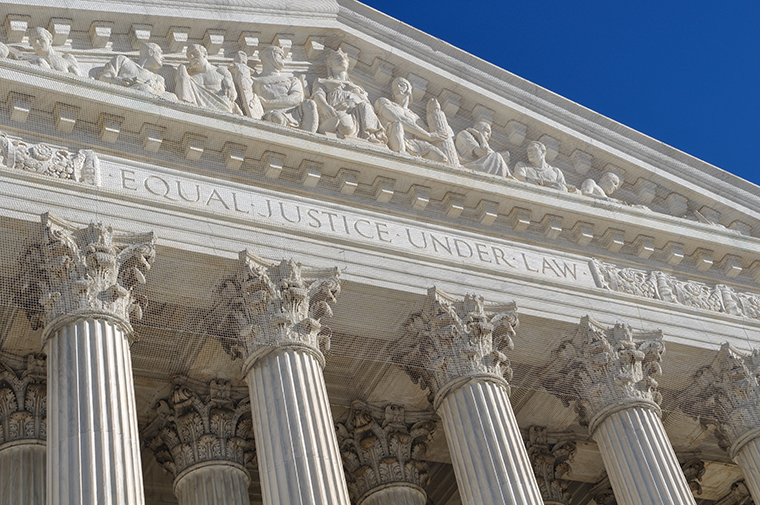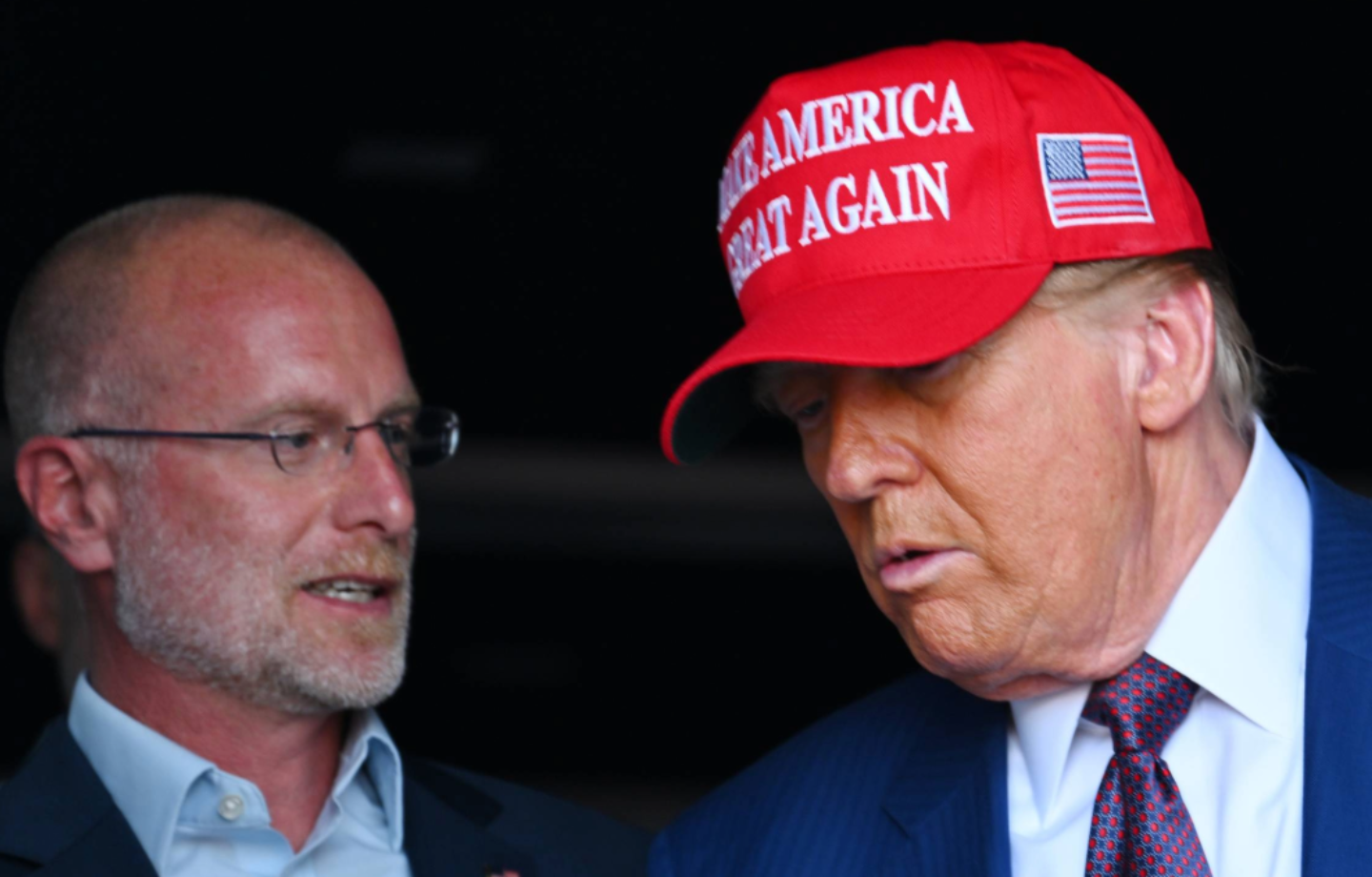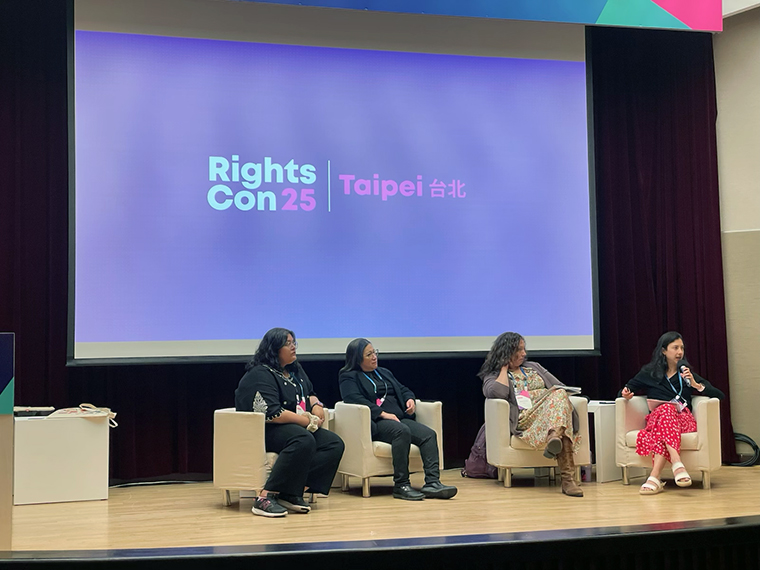A Biden Administration Supreme Court Victory — and a Blow Against Conspiracy Theories

June 27, 2024
The Supreme Court handed the Biden administration a win, ruling that conservative activists and two states that claimed government officials “censored” their social media activity lacked a legal basis to file suit in the first place.
In a formal sense, Justice Amy Coney Barrett (not a relation of mine) based her opinion for a six-member majority on the technical concept of “standing.” The plaintiffs could not show that they likely faced future harm based on the past conduct of Biden administration officials and social media platforms like Facebook and Twitter (now X).
But there was more to the ruling than that. Justice Barrett went out of her way to emphasize that the legal attack was based on a conspiracy theory about collusion between liberal political operatives and sympathetic platform employees, not on facts that established that government representatives coerced the platforms to remove or down-rank conservative content or accounts.
The conspiracy theory that Justice Barrett punctured supports a much broader right-wing contention that liberals in Washington have collaborated with Silicon Valley and ivory tower academics to silence conservatives. Justice Barrett said the right-wing contention is simply untrue: In this case, known as Murthy v. Missouri, “the platforms had independent incentives to moderate content and often exercised their own judgment,” she wrote. Moreover, she added, the U.S. Court of Appeals for the Fifth Circuit, “by attributing every platform decision at least in part to the defendants, glossed over the complexities in the evidence.”
Justice Barrett, in other words, demanded that we look at the actual facts — in all of their complexity — rather than buy into the falsehoods pushed by former President Donald Trump, Rep. Jim Jordan (R., Ohio), and others on the right that a vast left-wing conspiracy has marginalized Republicans. While this conclusion is not technically part of the majority’s holding on the standing issue, it is a significant and welcome nod to the need for rationality and fact-based argument in American law and politics.
Chief Justice John Roberts and fellow Republican appointee Justice Brett Kavanaugh joined the majority, as did Democratic appointees Justices Sonia Sotomayor, Elena Kagan, and Ketanji Brown Jackson. Justice Samuel Alito filed a dissent, which was joined by Justices Clarence Thomas and Neil Gorsuch, all Republican appointees.
The case originated with allegations by the states of Louisiana and Missouri and five individuals — three doctors who objected to Covid-19 mask and vaccination requirements, an online conservative pundit, and a right-leaning healthcare activist — that Biden administration officials, including people working for Surgeon General Vivek Murthy, violated their First Amendment rights by “jawboning” major platforms into removing or marginalizing their content. The conservative plaintiffs won in the lower courts, and the Biden administration appealed to the Supreme Court.
Justice Barrett based her ruling on standing on the plaintiffs’ failure to establish a clear link between administration communications, platforms’ content moderation decisions, and harm to the plaintiffs. She said that the Fifth Circuit had based its decision to enjoin administration officials on factual findings by a Trump-appointed federal trial judge in Louisiana. Many of those factual findings “unfortunately appear to be wrong,” she said. For example, the trial judge asserted that the Biden administration and Twitter had established “an efficient report-and-censor relationship” and that the platform enforced a “streamlined process for censorship requests.” But when she went looking in the legal record of the case, Justice Barrett said she simply did not find evidence to support these sensational-sounding assertions.
In his dissenting opinion, Justice Alito, by contrast, appeared to accept the trial judge’s factual findings at face value.
The upshot is that the Supreme Court case did not clarify the line between legitimate government requests and advice, on the one hand, and unlawful coercion on the other. Government officials certainly cannot bully or threaten social media platforms to make specified content decisions. But Justice Barrett made clear that to translate discontent with such content decisions into a viable legal case, unhappy social media users will have to ground their objections in concrete evidence, not sensational, unsubstantiated assertions.
 Technology & Democracy
Technology & Democracy


